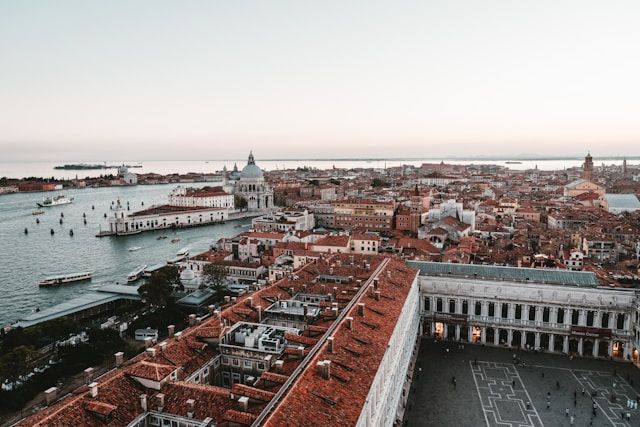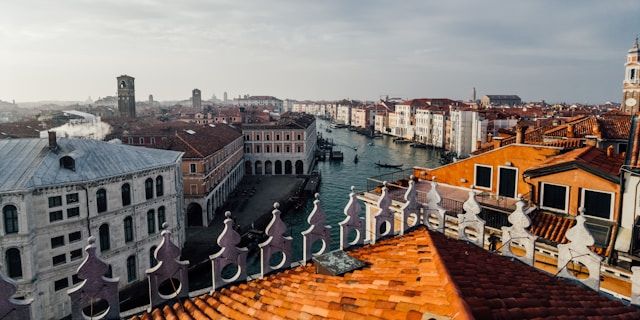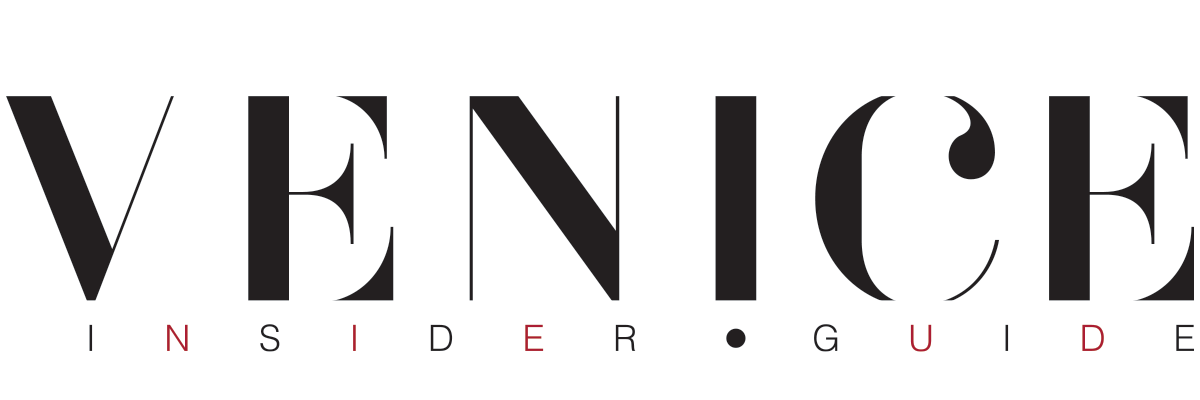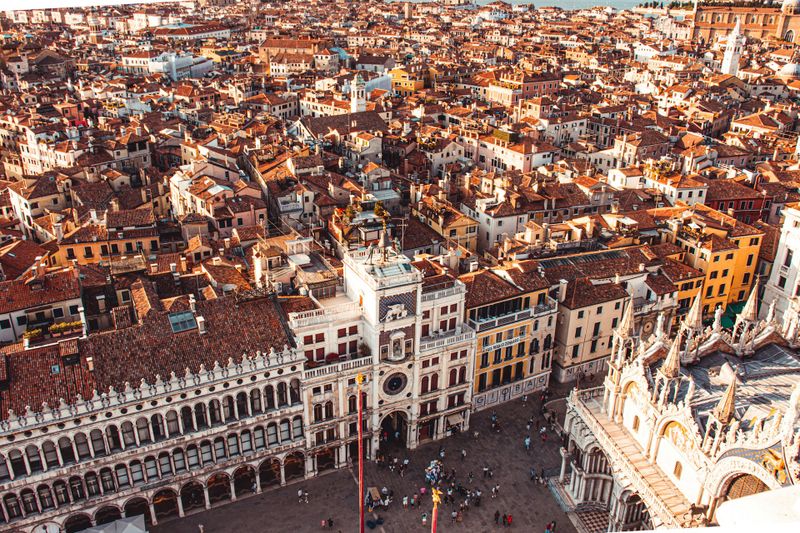Have you heard about the Venice access fee, but you're not quite sure how it works-or more importantly, how to pay less and save money on the Venice access fee? Then you’ve landed on the right page!
In this guide by Venice Insider Guide, we’ll walk you through everything you need to know to experience La Serenissima without breaking the bank. We’ll cover when it’s best to book, how much the regular fee is, and the smart way to get a 50% discount.
Is it possible to save money on the Venice access fee? Yes

Yes, absolutely-and it’s no secret reserved for locals.
Since 2024, the City of Venice has introduced an entry fee for day visitors. This measure was designed to help manage tourism and protect the delicate balance of the lagoon city.
But here’s the good news: not everyone pays the same amount. And if you’re a smart planner, you can enjoy Venice’s unique beauty while paying only half the standard price.
How to pay half the Venice access fee

That’s right-you can pay just 5 euros instead of 10. But how?
The trick is to book in advance. No hidden codes, no complicated steps-just a little organization and a few clicks on the official website. If you plan your visit a few days ahead, you’ll unlock a guaranteed discount.
The way to pay less for the Venice access fee
Venice rewards travelers who are thoughtful and well-prepared. If you schedule your arrival with just a little advance notice, the system automatically gives you a 50% discount.
The regular access fee costs 10 euros
The access fee is mandatory for all day-trippers (excluding residents, workers, students, or those staying overnight in Venice). The standard fee is 10 euros, applied on high-traffic days-mainly during spring and summer weekends.
This money goes toward maintaining Venice: waste collection, infrastructure upkeep, crowd management, and essential services. In short, a small contribution to support a priceless city.
If you book at least 4 days in advance, it costs 5 euros
Here’s the secret to paying less: just book your visit at least 4 days before arrival on the official website.
Example: planning to visit on Saturday the 15th? Book by midnight on Tuesday the 11th and you’ll pay only 5 euros.
A pretty sweet deal, right?
Book in advance to pay half the Venice access fee
The process is simple and quick:
- Go to the official website cda.ve.it.
- Select your visit date.
- Enter your details (number of visitors, any exemptions).
- If you book at least 4 days in advance, the system will automatically apply the discount.
- You’ll receive a QR code to show if checked.
No need to print anything-you can simply show the code on your smartphone.
How does saving on the Venice entry fee work?
Let’s sum it up clearly:
- When: Only on the days the fee is active (check the official calendar).
- How much: 10 euros normally, 5 euros if you book at least 4 days ahead.
- Where: On the official Venice access website.
- Who: All day visitors. Exempt: residents, workers, students, and overnight guests.
This system rewards mindful, responsible tourism-with less stress, fewer crowds, and more savings!
Why is Venice charging an entry fee?
Venice, Italy’s floating jewel, has long been one of the most visited cities in the world. But with popularity comes pressure. Over the years, the constant influx of day trippers and tourists has pushed the city’s fragile infrastructure to the edge. In response, the Comune di Venezia (City Council of Venice) has introduced a controversial but necessary solution: the Venice tax fee. But why is Venice charging this fee? What led to this decision? And how does it benefit both the city and the travelers themselves?
The decision is rooted in the urgent need to balance tourism and preservation. Venice, with its ancient foundations, delicate canals, and narrow alleys, wasn't built to withstand the weight of modern mass tourism. The wear and tear on its infrastructure, along with the rising cost of services like garbage collection, public water transportation, and emergency response (like the operations of the Venice hospital), has overwhelmed the city budget. Meanwhile, a large percentage of tourists are day trippers who don’t stay overnight, don’t pay the overnight tax (or night tax), and contribute very little to the city's economic sustainability.
Enter the access fee, also referred to by some as the day trippers tax. This small fee applies to visitors who are not guests staying overnight in Venice and aims to compensate for the impact they have without contributing through accommodation taxes like the tassa di soggiorno. It is important to distinguish this from the Venice tourist tax paid by overnight visitors. These are two separate measures that, together, aim to create a more sustainable tourism model.
So how much is this fee? Typically, the standard entrance fee is 10 euros per person per day, though discounts and incentives apply if you book in advance. The fee is paid directly through the official Venezia Unica city pass platform. This is the same portal that offers public services, public transport tickets, and cultural passes.
With enough notice, you can even save money on the Venice access fee by using the Venezia Unica card and booking ahead-part of the city’s effort to reward travel tips and responsible tourism behavior.
Critics argue that the tourist tax is just another barrier for people looking to visit Venice. But supporters counter that this modest fee is a necessary tool to protect the authentic Venice for future generations. With fewer tourists flooding Piazza San Marco and the Rialto Bridge every day, Venice can begin to breathe again. You’ll notice that with these several measures, there are now moments where you can experience the Grand Canal, Doge's Palace, or Saint Mark's Basilica with few tourists around-a truly rare experience.
Moreover, the fee has a psychological effect. Travelers who invest even a little into the city's well-being are more likely to treat it with respect. No longer is Venice simply a photo op for your next plane ticket post on social media; it's a living, breathing city with locals, culture, and traditions that deserve attention and care.
Through this system, the city council has assigned symbolic colors to tourism levels: green light for low-traffic days, yellow light for moderate, and red light for peak times when the strain on the city is highest. In extreme cases, there may be a black light designation to discourage mass arrivals. These indicators, combined with the fee, help travelers save money, avoid crowds, and plan for a wonderful time in Venice.
In the end, Venice isn't closing its doors; it's simply asking visitors to be more mindful. The small fee you pay isn’t just about entering a place-it’s about preserving the essence of Venice Italy, ensuring that its beauty, its people, and its charm endure for centuries to come.
Venice and the cost of tourism: what every traveler should know
When you start planning your dream trip to Venice, one thing becomes clear: it’s not just about the cost of your plane ticket or hotel. Hidden within the cobblestone beauty of the city lies a complex system of taxes and fees designed to manage the high volume of day tourists and protect Venice from being overwhelmed. Among these, two stand out: the Venice tourist tax and the Venice access fee.
Let’s begin by distinguishing between the two. The tourist tax, also known as the overnight tax or tassa di soggiorno, is charged to overnight visitors and is usually collected by your accommodation manager at check-in. It’s based on the number of nights spent and the category of accommodation. On the other hand, the Venice access fee is aimed at day trippers - people who visit the city for a few hours and then leave, without staying overnight. These short visits contribute significantly to the city's congestion, yet they don’t cover the cost of the services they consume.
The city council introduced this new tax to level the playing field. By paying a small fee, visitors now contribute to the upkeep of public transport, waste collection (often called the garbage tax), and even emergency services provided by places like the Venice hospital.
The system is also designed to reward those who plan ahead: you can save money on the Venice access fee if you register in advance, sometimes cutting the total cost in half.
But what about people staying longer? Guests staying overnight are generally exempt from the access tax, since they already pay the overnight tax through their lodging. In this way, the Comune di Venezia encourages longer, more immersive visits over short, high-impact day trips.
There are other benefits too. With fewer crowds on high-fee days, the experience of visiting Piazza San Marco, Saint Mark's Basilica, and the Rialto Bridge becomes more enjoyable. You may even discover local markets, authentic trattorias not offering generic tourist menus, and perhaps have a real conversation with a local police officer or artisan. All this contributes to experiencing the more authentic Venice.
The Venezia Unica city pass and Venezia Unica card help streamline the process, bundling transportation and site access into one pass, and making it easy for tourists to pay their dues. As awareness spreads, many tourists are beginning to see the value in these measures. After all, the goal isn't to exclude, but to educate-to remind everyone that Venice is more than a backdrop. It’s a living, evolving city that deserves a thoughtful, balanced approach to tourism.
Planning ahead: the key to saving money and avoiding crowds
Traveling to Venice Italy can be magical, especially if you understand how the system works and use that knowledge to your advantage.
Many seasoned travelers know that the best way to save money on the Venice access fee is by booking in advance via the Venezia Unica city pass portal.
Not only does this help you get a lower tax, but it also gives you a clearer picture of what kind of day to expect: crowded, quiet, or somewhere in between.
For example, the city uses a color-coded traffic light system: green light means fewer tourists, yellow light is medium flow, and red light means high congestion. Some dates might even get a black light status, signaling extreme foot traffic and potential restrictions. By consulting this system in advance, you can not only save money, but also make sure your visit to Venice is as smooth and enjoyable as possible.
Let’s talk logistics. If you’re a day tripper, the access tax applies unless you fall into an exemption category. That means, yes, you pay the fee. But here’s the catch: if you register at least four days in advance, the entrance fee is reduced from 10 euros to just 5. Think of it as a reward for planning. And if you're staying overnight, you won't pay the access fee, just the overnight tax, which is usually paid directly to your hotel.
Being mindful of the new tax system also enhances your entire travel experience. By avoiding peak tourist times, you can enjoy sights like Saint Mark's Basilica, the Doge's Palace, and a gondola ride along the Grand Canal with more peace and fewer crowds. You'll also have more time for hidden gems: maybe browsing the local market, or enjoying a spritz with Venetians instead of rushing through a checklist of landmarks.
You’ll even see more of the authentic Venice when you're not dodging selfie sticks in Mark's Square. Walk the alleys, discover art studios, and learn the rhythm of life in the Veneto region. When you visit with care, the city responds in kind.
In the end, being aware of the tourist tax, planning your tickets, and checking the traffic light system lets you balance cost, experience, and impact. After all, Venice isn’t just a stop on your tour of Italy; it’s a place to cherish. With a bit of planning and heart, you can explore its wonders while keeping your total cost in check-and leave knowing you helped protect it for those who will come after you.
Venice: A city worth the small fee
As more travelers seek meaningful experiences, Venice stands out not just for its beauty but for the way it asks visitors to reflect. The entrance fee, Venice tourist tax, and overnight tax aren’t simply financial transactions-they’re investments in the preservation of one of the world’s greatest cities. With thoughtful systems like the Venezia Unica card, clear communication from the city council, and the cooperation of locals, it's now easier than ever to experience Venice in a way that’s respectful, enjoyable, and yes-affordable.
So pack your rain boots if the forecast says acqua alta, grab your public transport pass, and get ready for one of the most unforgettable trips of your life. Venice is waiting, and it's ready to welcome you-with just a small fee, a big heart, and centuries of wonder.
Conclusion
Venice is a dream come true, but also a fragile treasure that needs care. The access fee is a small price to pay for so much beauty-but knowing how to pay less gives you a true insider advantage.
Now that you know all about how to pay less and save money on the Venice access fee, all you need to do is book in advance.
So remember:
- Book at least 4 days ahead.
- Save 50%.
- Keep your QR code ready and enjoy the magic of the floating city.

